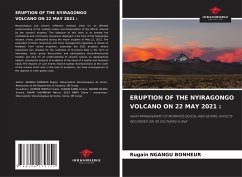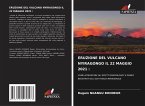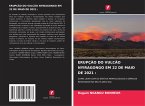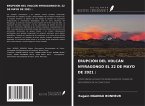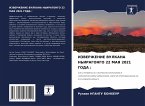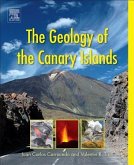Morphological and seismic reflection methods allow for an efficient understanding of the multiple scales and temporalities of the effects induced by the volcanic eruption. The objective of this work is to analyze the institutional and community responses deployed in the face of the Nyiragongo volcanic crises, particularly during the major eruption of May 22, 2021. The evaluation of these responses and crisis management capacities is based on feedback from recent eruptions, especially the 2021 eruption, whose experience has allowed for the collection of first-hand data in the form of interviews, focus group discussions and participatory three-dimensional models; but also for an understanding of volcanic spaces as geographical objects, placing the impacts of eruptions at the heart of a spatial and temporal study. The impacts of such events impose spatial recompositions at the scale of the volcano itself, and, in the case of eruptions, can have consequences at the regional or even global scale.
Bitte wählen Sie Ihr Anliegen aus.
Rechnungen
Retourenschein anfordern
Bestellstatus
Storno

